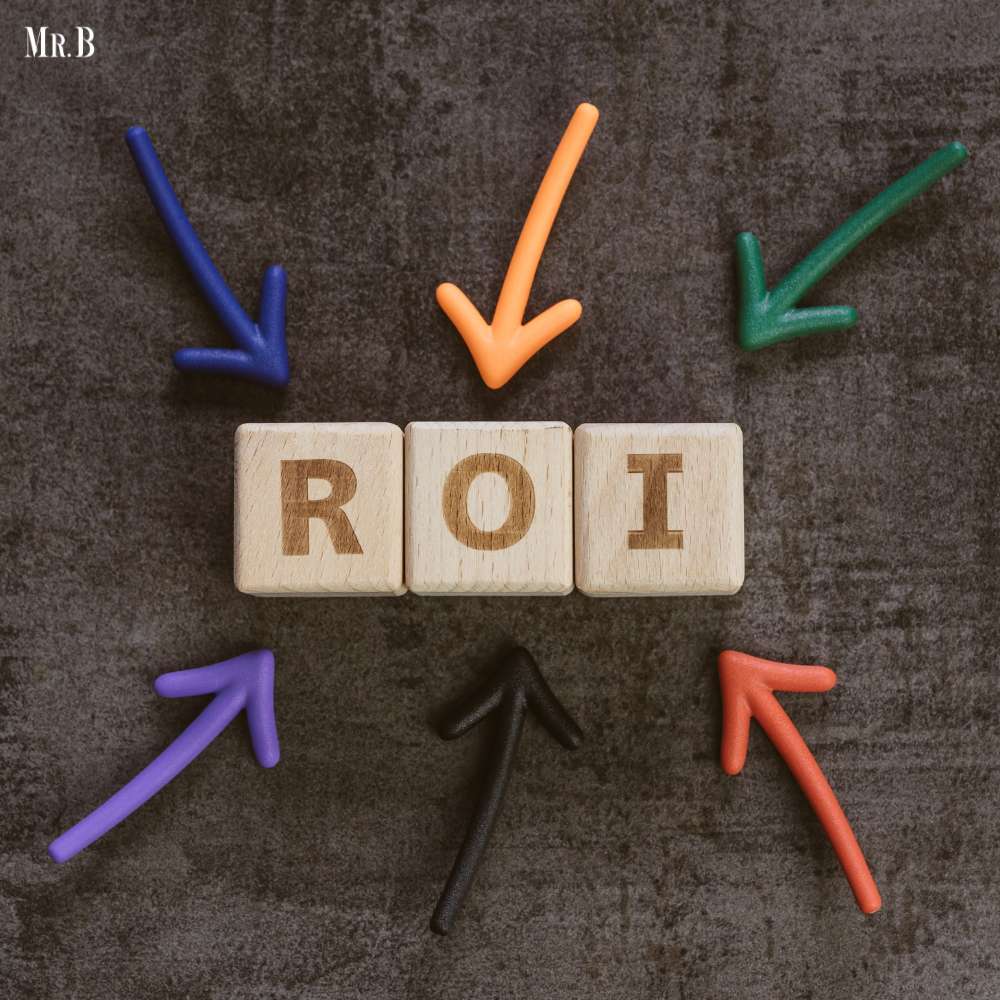Business consultation can be a substantial investment for companies seeking expert guidance to improve their operations, strategies, and overall performance. To ensure that this investment is worthwhile, it’s essential to measure the return on investment (ROI) of business consultation accurately.
In this article, we will take a look at the key metrics and success indicators that can help business consultation.
1. Cost-Benefit Analysis
The first and most fundamental metric in assessing the ROI of business consultation is the cost-benefit analysis. This involves comparing the total cost of the consultation services with the benefits derived from the engagement. Benefits may include increased revenue, cost savings, improved processes, or enhanced market positioning.
The formula for calculating ROI is: ROI (%) = [(Benefits – Costs) / Costs] x 100
By quantifying both the costs and benefits, organizations can determine whether the consultation was financially advantageous.
2. Revenue Growth
One of the primary objectives of business consultation is often to boost revenue. An essential metric for measuring ROI is to track the percentage increase in revenue attributed to the consultation. This can be calculated as:

Revenue Growth (%) = [(New Revenue – Old Revenue) / Old Revenue] x 100
A significant increase in revenue post-consultation indicates a positive ROI.
3. Cost Reduction
Consultation can also help identify and implement cost-saving measures. Monitoring the reduction in operational expenses, overhead costs, or resource wastage can be a crucial ROI metric. Calculate cost reduction as follows:
Cost Reduction (%) = [(Old Costs – New Costs) / Old Costs] x 100
The higher the cost reduction percentage, the more substantial the ROI from the consultation.
4. Productivity Enhancement
Efficiency and productivity improvements often result from business consultation. To measure this impact, organizations can assess metrics like increased output per employee, decreased time-to-market, or reduced process cycle times. This demonstrates how effectively consultation has boosted operational efficiency.
5. Market Share Growth
For companies aiming to expand their market presence, measuring market share growth is vital. Compare your market share before and after the consultation engagement to determine the extent of your success in gaining a larger foothold in the industry.

Market Share Growth (%) = [(New Market Share – Old Market Share) / Old Market Share] x 100
6. Customer Satisfaction
Business consultation may also target enhancing customer satisfaction levels. Conduct surveys, gather feedback, and monitor customer retention rates to gauge whether consultation efforts have translated into happier and more loyal customers.
7. Return on Assets (ROA)
Another valuable metric is Return on Assets (ROA), which assesses the efficiency of asset utilization. It calculates how effectively a company’s assets generate profits. A higher ROA post-consultation indicates improved asset management, which contributes to ROI.
ROA (%) = (Net Income / Total Assets) x 100
8. Employee Engagement and Retention
Employee satisfaction and retention are critical factors in a company’s success. Consultation efforts that focus on improving workplace culture and engagement can be assessed through metrics like employee turnover rate and employee satisfaction surveys.
9. Time-to-Market Reduction
In today’s fast-paced business environment, time-to-market is a crucial factor. If consultation has helped accelerate the development and launch of products or services, it can be measured by comparing the time required before and after the engagement.
Time-to-Market Reduction (%) = [(Old Time-to-Market – New Time-to-Market) / Old Time-to-Market] x 100

10. Return on Investment (ROI) Breakeven Point
Understanding how long it takes for the ROI from a consultation to cover its initial costs is essential. This breakeven point can help organizations assess the timing and sustainability of the investment.
Breakeven Point (in months) = Initial Consultation Costs / Monthly ROI
BONUS: Other Success Indicators
In addition to these specific metrics, here are 5 other indicators that can help your business
1. Clear Objectives: The presence of well-defined and measurable objectives for the consultation engagement is a strong indicator of its potential for ROI. In Business, clearly defined goals allow for a more precise measurement of success.
2. Key Performance Indicators (KPIs): Establishing KPIs before the consultation provides a benchmark against which to measure post-consultation performance. Significant improvements in KPIs are indicative of a positive ROI.
3. Tangible Outcomes: Successful consultation engagements often yield tangible outcomes, such as new revenue streams, cost reductions, or increased market share. These outcomes are direct indicators of ROI.
4. Stakeholder Feedback: Gather feedback from key stakeholders, including executives, employees, and customers, to gauge the perceived value of the consultation. Positive feedback suggests a successful engagement.
5. Long-Term Impact: Assess whether the benefits of the consultation have a lasting impact on the organization. A sustainable improvement in performance indicates a more significant ROI.
Conclusion
It’s important to note that the metrics and success indicators discussed here should not be viewed in isolation.
Measuring the ROI of business consultation is crucial for ensuring that the investment delivers tangible benefits to the organization. By utilizing the key metrics and success indicators outlined in this article, companies can assess the financial, operational, and strategic impact of their consultation engagements. Ultimately, a positive ROI confirms that the consultation has not only been worthwhile but has also contributed to the organization’s long-term success.
A holistic approach to ROI measurement considers the interplay between various factors. For example, improvements in employee engagement can lead to higher productivity, which, in turn, may contribute to revenue growth. Thus, a comprehensive assessment of ROI takes into account the ripple effects of consultation across different aspects of the organization.
While measuring the ROI of business consultation may seem complex, it is a vital practice for organizations seeking to optimize their operations, enhance competitiveness, and drive sustainable growth. By employing the metrics and success indicators outlined in this article and maintaining a holistic perspective, businesses can make well-informed decisions that lead to continued success in an ever-evolving business landscape.







